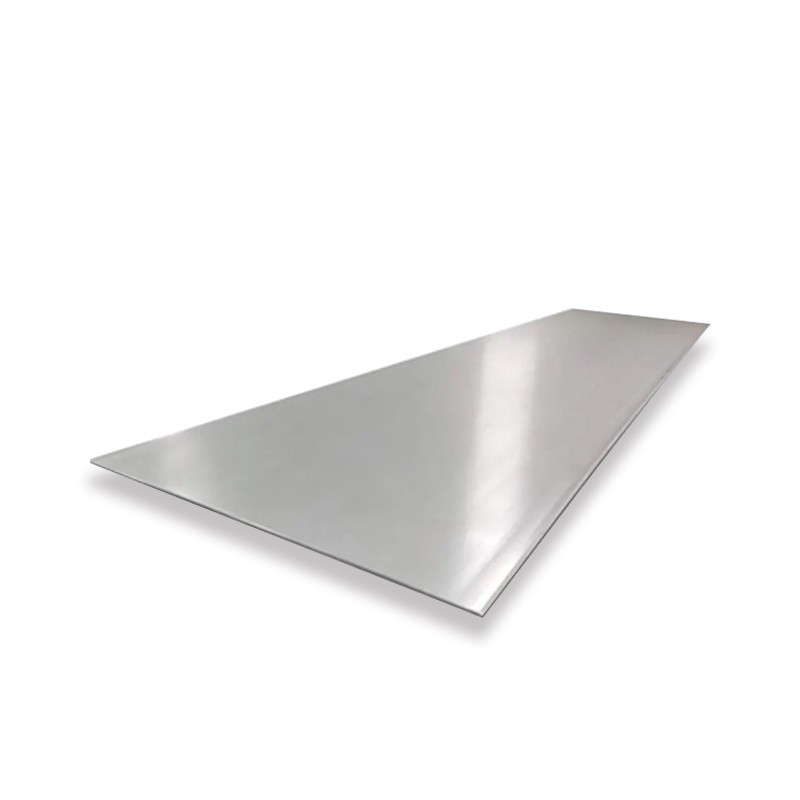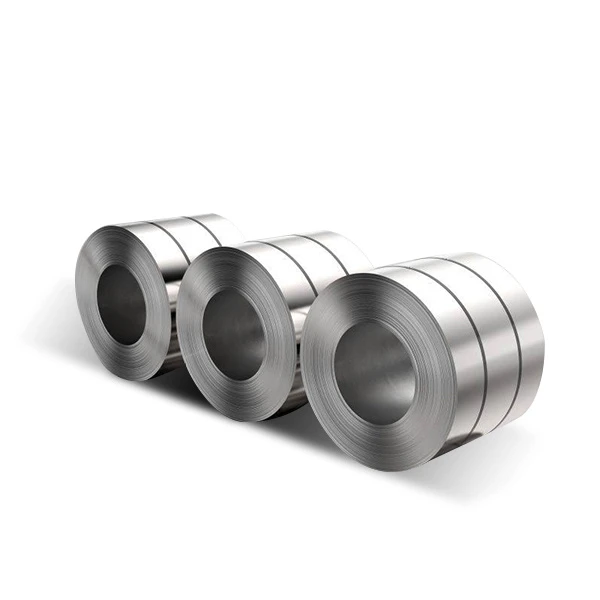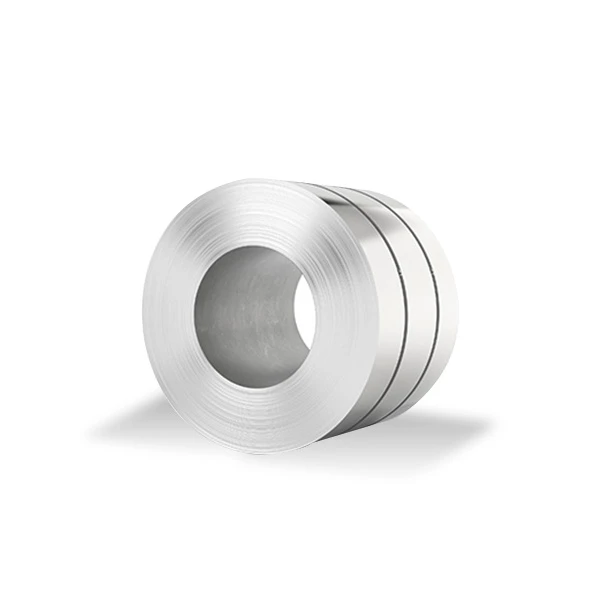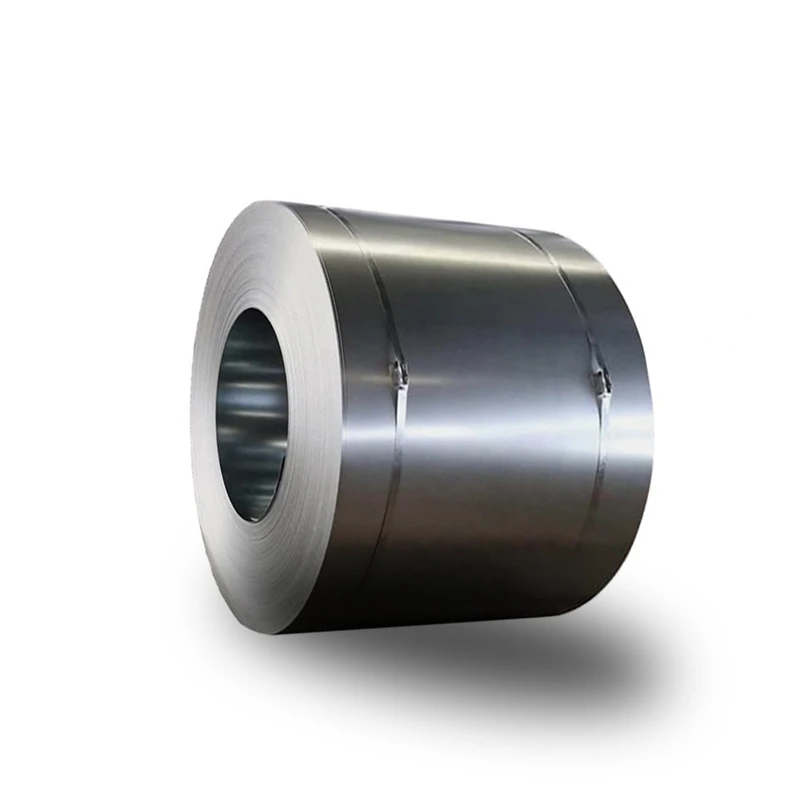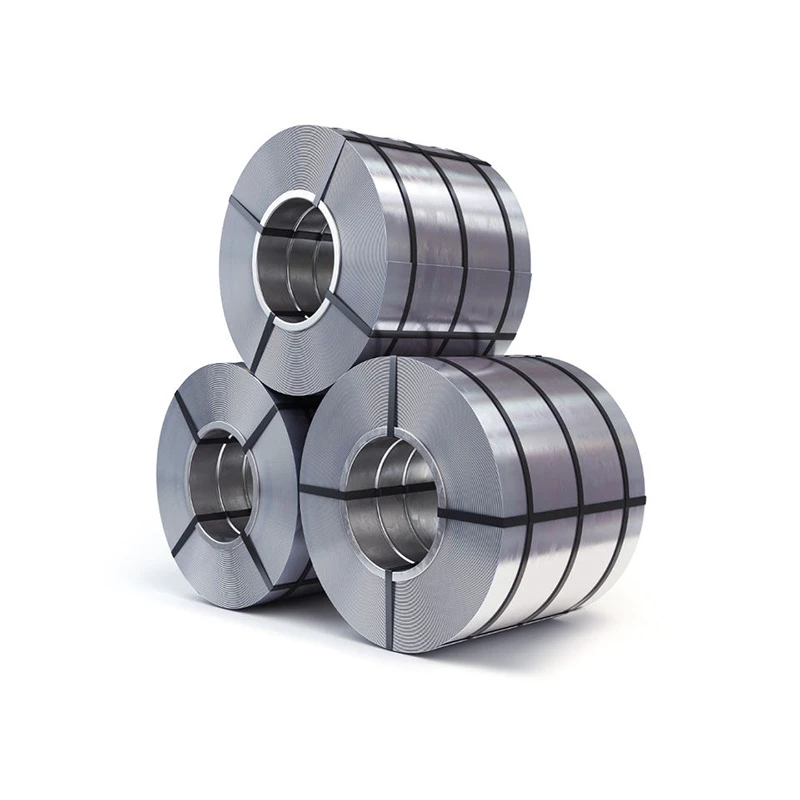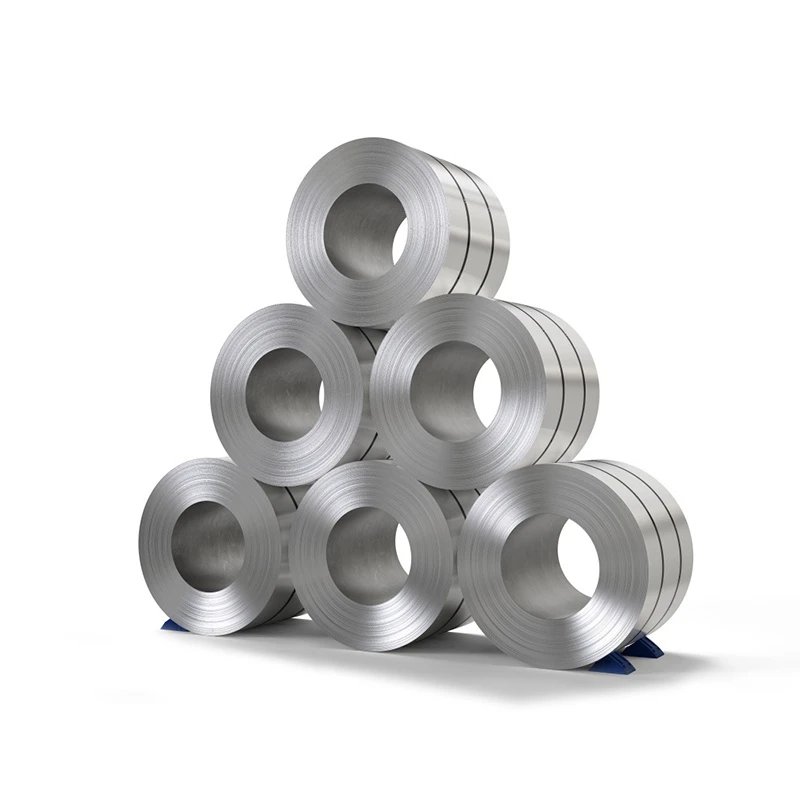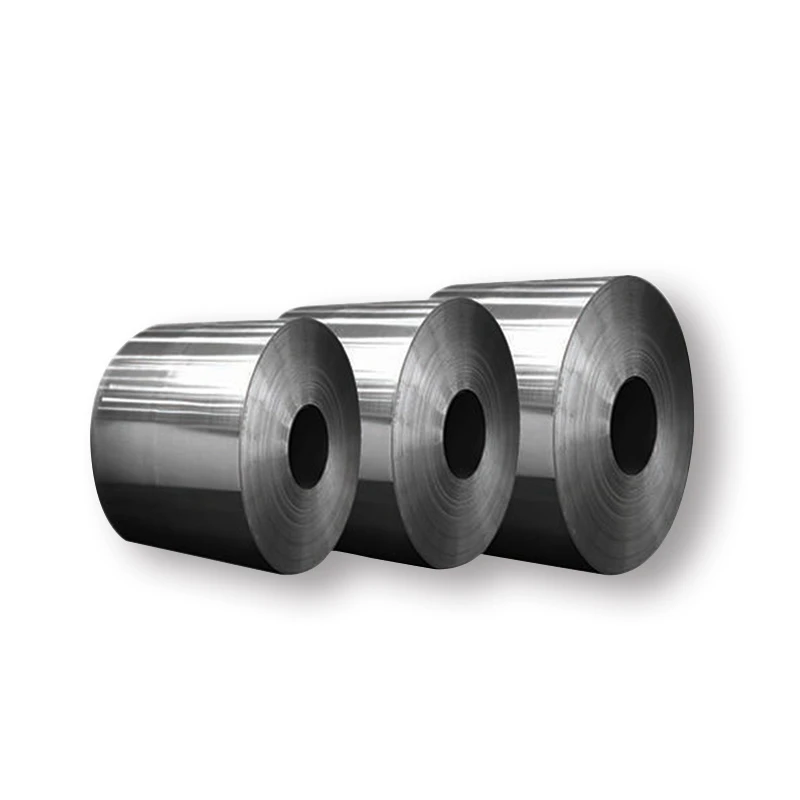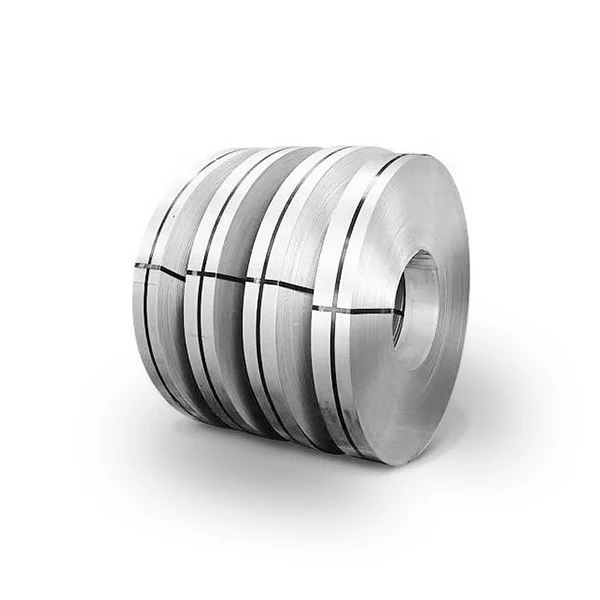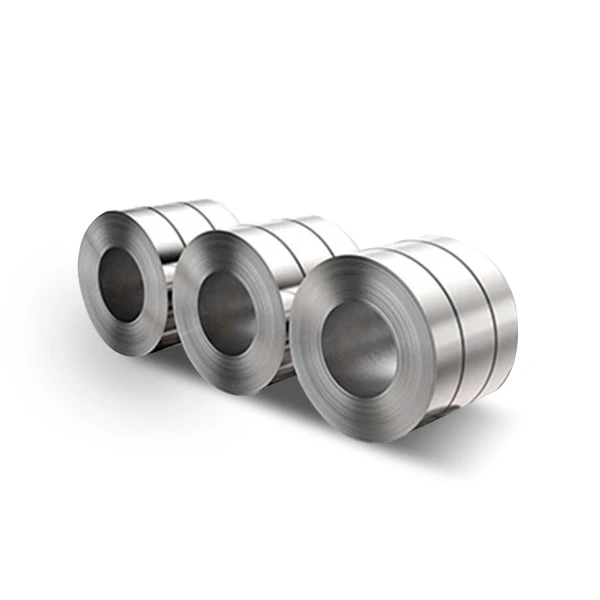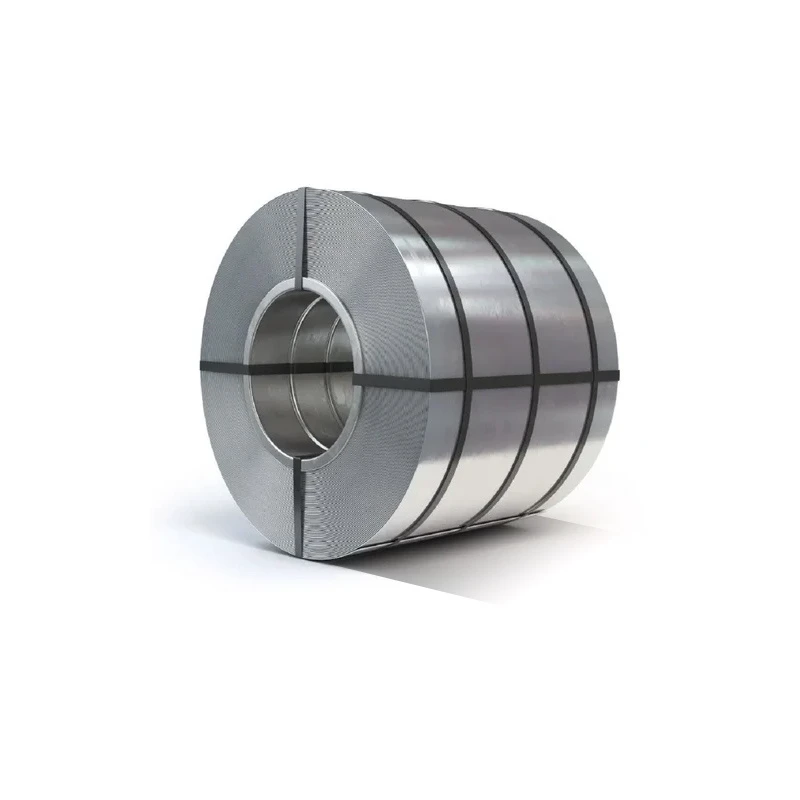
CATEGORIES
FEATURED PRODUCTS
201 Stainless Steel Plate
We offer this product and related grades with 100% factory direct pricing and free quotes available within 24 hours.
APPLICATION SCENARIOS

OUR ADVANTAGE

Certificate of Honor

PARTNER

Our Factory

What is 201 Stainless Steel? 201 Stainless Steel (UNS S20100) is an austenitic chromium-nickel-manganese stainless steel. It was developed as a lower-cost alternative to the 300 series stainless steels (like 304) by partially substituting more expensive nickel with manganese and nitrogen. This substitution allows 201 to maintain an austenitic structure, which provides good formability and weldability. While it offers good strength, especially when cold worked, its corrosion resistance is generally lower than that of 304 or 316, making it more suitable for indoor applications or milder outdoor environments where extreme corrosion resistance isn’t the primary concern.
Key Properties of 201 Stainless Steel
Understanding the specific attributes of 201 stainless steel is crucial for determining its suitability for various applications.
Cost-Effectiveness
The primary appeal of 201 stainless steel is its lower cost, driven by the reduced nickel content. This makes it an attractive option for budget-conscious projects where the demanding corrosion resistance of higher-nickel grades isn’t strictly necessary.
Mechanical Properties
201 stainless steel boasts a favorable set of mechanical properties:
- High Strength and Hardness: Due to the higher manganese and nitrogen content, 201 typically has higher yield strength and tensile strength than 304 in its annealed condition. It also exhibits a higher work-hardening rate, meaning its strength and hardness increase significantly when cold worked. This makes it ideal for applications requiring good structural integrity or spring-like qualities.
- Good Formability: Despite its higher strength and work-hardening rate, 201 retains good ductility and formability in the annealed condition, allowing for various fabrication processes like bending and drawing. However, its higher work-hardening rate might require intermediate annealing for extensive forming operations compared to 304.
- Non-Magnetic (in Annealed Condition): Like other austenitic stainless steels, 201 is non-magnetic in its annealed state. However, it can become slightly magnetic after significant cold working due to martensite formation.
Moderate Corrosion Resistance
While not as robust as 304 or 316, 201 stainless steel offers moderate general corrosion resistance:
- Atmospheric Resistance: It performs adequately in general atmospheric conditions, resisting rust and staining in many indoor and sheltered outdoor environments.
- Limited Chloride Resistance: Due to its lower nickel content and absence of molybdenum, 201 is less resistant to pitting and crevice corrosion in chloride-rich environments (e.g., saltwater, highly chlorinated solutions) compared to 304 or especially 316.
- Susceptibility to Rust: In environments with high humidity, pollution, or salt, 201 is more prone to surface rust and discoloration than 304.
Heat Resistance
201 stainless steel exhibits good heat resistance, comparable to 304 in certain aspects:
- Oxidation Resistance: It offers good resistance to oxidation in intermittent service up to 870°C (1600°F) and in continuous service up to 840°C (1550°F).
- Sensitization Risk: Due to its relatively higher carbon content compared to 304L, 201 can be susceptible to sensitization (carbide precipitation) if held in the temperature range of 425-815°C (800-1500°F) for prolonged periods, potentially leading to intergranular corrosion.
Weldability
201 stainless steel is weldable by conventional fusion welding methods.
- Care should be taken to minimize heat input during welding to reduce the risk of sensitization. Using appropriate filler metals (e.g., AWS E308L) is often recommended. Post-weld annealing might be necessary for optimal corrosion resistance in some applications, though this can negate some of its cost advantages.
Detailed Specifications: Dimensions and Parameters
We offer our ASTM 201 Stainless Steel Plate in a variety of standard dimensions and surface finishes, catering to diverse project needs where its unique properties are beneficial.
| Parameter | Standard Range |
| Thickness | 0.3mm – 50mm (0.012 in – 1.97 in) |
| Width | 1000mm – 2000mm (39.37 in – 78.74 in) |
| Length | 2000mm – 6000mm (78.74 in – 236.22 in) |
| Surface Finish | 2B, BA, No.1, No.4, HL (Hairline), Mirror |
| Temper | Annealed, 1/4 Hard, 1/2 Hard, 3/4 Hard, Full Hard |
| Edge Condition | Mill Edge, Slit Edge |
| Standard | ASTM A240/A240M, ASTM A666 |
Note: Specific dimensions, available finishes, and tempers may vary based on current stock and manufacturing capabilities. Please contact us for precise information on your required specifications.
Chemical Composition of 201 Stainless Steel
The controlled chemical composition of 201 stainless steel, specifically its reduced nickel and increased manganese/nitrogen, dictates its properties. Our plates adhere strictly to ASTM standards.
| Element | Weight Percentage (%) |
| Carbon (C) | ≤0.15 |
| Silicon (Si) | ≤0.75 |
| Manganese (Mn) | 5.50 – 7.50 |
| Phosphorus (P) | ≤0.060 |
| Sulfur (S) | ≤0.030 |
| Chromium (Cr) | 16.0 – 18.0 |
| Nickel (Ni) | 3.50 – 5.50 |
| Nitrogen (N) | ≤0.25 |
The defining feature here is the significantly lower nickel content compared to 304, balanced by higher manganese and nitrogen.
201 Stainless Steel vs. Other Common Grades: A Comparative Look
Understanding the trade-offs between 201 and other common stainless steel grades is essential for making an informed material selection.
| Feature | 201 | 304L | 316L | 301 |
| Primary Advantage | Cost-effective, high strength (cold worked) | General purpose, excellent weldability | Enhanced aqueous corrosion (chlorides), excellent weldability | High strength (work-hardened) |
| Nickel Content | Lower (3.5-5.5%) | Moderate (8-12%) | Higher (10-14%) | Lower (6-8%) |
| Molybdenum Content | None | None | Yes (2-3%) | None |
| Corrosion Resistance (General) | Moderate (less than 304/316) | Excellent | Excellent | Good (similar to 304, less in aggressive chlorides) |
| Chloride Resistance | Low | Moderate | High | Moderate |
| Cost | Low | Low | Moderate | Moderate |
| Work Hardening Rate | High | Moderate | Moderate | Very High |
| Typical Use | Appliances, kitchenware (sinks, cookware), automotive trim, decorative architectural | Food & beverage, general chemical, architectural, welded structures | Marine, chemical processing, pharmaceutical, medical implants | Automotive, aerospace, railway cars, springs, architectural |
201 stainless steel is a viable option when cost is a major driver and the application does not involve highly corrosive environments, particularly those with high chloride exposure.
Key Industries and Applications for 201 Stainless Steel
Given its balance of cost, strength, and moderate corrosion resistance, our ASTM 201 Stainless Steel Plate finds applications in various industries.
| Industry | Typical Applications |
| Home Appliances | Washing machine components, dishwasher tubs, range hoods, appliance trim, refrigerator linings |
| Kitchenware | Sinks, pots, pans, cutlery, cooking utensils (primarily for indoor and less corrosive contact) |
| Automotive | Automotive trim, wheel covers, exhaust clamps (non-critical components) |
| Architectural (Indoor/Sheltered Outdoor) | Decorative trim, railings, door frames, elevator doors, shop fittings, and components not exposed to harsh weather |
| General Fabrication | Storage containers (for non-corrosive substances), decorative elements, structural components in mild environments |
| Industrial Equipment | Less critical components where a balance of strength and cost is needed, not exposed to severe corrosion |
Global Price Overview: ASTM 201 Stainless Steel Plate
The price of ASTM 201 Stainless Steel Plate is generally lower than that of 304 and 316 grades, primarily due to its reduced nickel content. Its pricing is influenced by the global cost of raw materials (especially manganese and nickel), energy costs, and the overall supply and demand dynamics in the stainless steel market. The figures below are indicative and subject to market fluctuations. For the most current and accurate pricing, we encourage you to contact us directly.
| Region / Factor | Price Range (USD per Metric Ton) – Illustrative | Notes |
| Asia | $2,500 – $4,500 | Often the most competitive due to high-volume production and lower input costs. |
| Europe | $3,000 – $5,000 | Prices reflect higher production standards, labor costs, and environmental regulations. |
| North America | $3,200 – $5,500 | Influenced by domestic market demand, import tariffs, and specific supplier conditions. |
| Raw Material Cost (Manganese, Nickel) | High Impact | Fluctuations in these commodity markets directly affect 201’s price. |
| Order Volume | Discounts for Bulk | Larger purchase quantities typically result in more favorable per-unit pricing. |
| Surface Finish & Temper | Varies | Specific finishes (e.g., mirror) and harder tempers can incur additional processing costs. |
Disclaimer: These are approximate price ranges and should not be considered as definitive quotes. For precise pricing and lead times, please reach out to our sales team.
Frequently Asked Questions (FAQs)
To further assist you, we’ve compiled answers to common questions about our ASTM 201 Stainless Steel Plate.
Q1: Is 201 stainless steel considered “food safe” for all applications?
A1: 201 stainless steel is commonly used for kitchenware like sinks, pots, and cutlery. However, for applications involving prolonged contact with highly acidic foods or beverages, or where superior hygiene and corrosion resistance are critical (e.g., commercial food processing equipment), 304L or 316L stainless steel is generally preferred due to their higher corrosion resistance and lower risk of pitting, which could harbor bacteria.
Q2: Why is 201 stainless steel cheaper than 304 stainless steel?
A2: 201 stainless steel is cheaper than 304 primarily because it contains significantly less nickel. Nickel is a relatively expensive alloying element, and in 201, a portion of the nickel is replaced with more abundant and less costly elements like manganese and nitrogen, which helps to maintain its austenitic structure.
Q3: Does 201 stainless steel rust?
A3: While 201 stainless steel is resistant to rust in many common environments, it is more prone to rusting and discoloration than 304 or 316 stainless steel, especially in environments with high humidity, salt spray, or industrial pollutants. Its lower nickel and lack of molybdenum make it less resistant to pitting and crevice corrosion in such aggressive conditions. Regular cleaning can help maintain its appearance and prolong its life.
Q4: Can 201 stainless steel be used outdoors?
A4: 201 stainless steel can be used outdoors in mild or sheltered environments. For example, it’s often seen in decorative architectural trim that isn’t directly exposed to rain, salt spray, or heavy industrial fumes. However, for outdoor applications that face harsh weather, high humidity, or coastal conditions, 304L or 316L stainless steel would provide significantly better long-term corrosion resistance and appearance retention.
Q5: Is 201 stainless steel magnetic?
A5: In its annealed condition, 201 stainless steel is generally non-magnetic, similar to other austenitic stainless steels. However, like 301, due to its higher work-hardening rate, it can become slightly magnetic after significant cold working (e.g., bending, forming, or drawing), as this process can induce some martensitic transformation.







